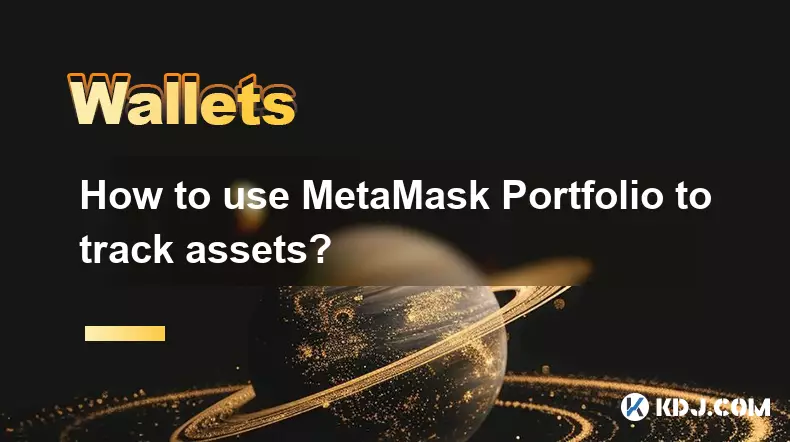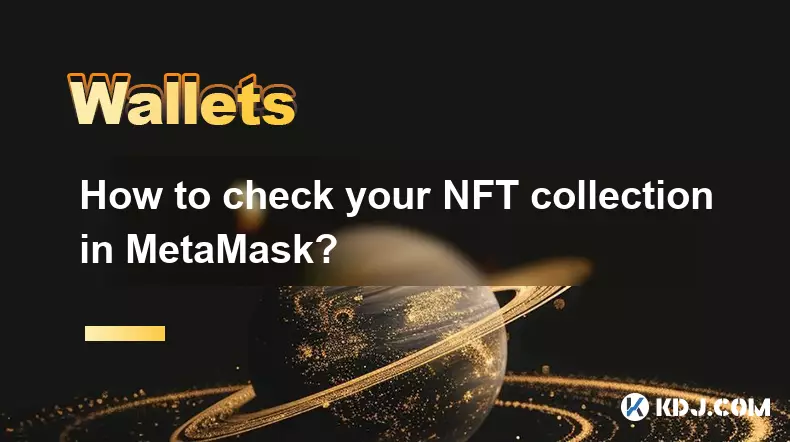-
 bitcoin
bitcoin $102877.190955 USD
1.88% -
 ethereum
ethereum $3430.435064 USD
4.52% -
 tether
tether $0.999264 USD
-0.05% -
 xrp
xrp $2.307310 USD
4.49% -
 bnb
bnb $987.740692 USD
3.82% -
 solana
solana $161.947760 USD
3.97% -
 usd-coin
usd-coin $0.999712 USD
-0.05% -
 tron
tron $0.292810 USD
2.93% -
 dogecoin
dogecoin $0.179738 USD
10.70% -
 cardano
cardano $0.580716 USD
8.75% -
 hyperliquid
hyperliquid $42.463448 USD
8.40% -
 chainlink
chainlink $15.763437 USD
7.05% -
 zcash
zcash $649.595636 USD
17.21% -
 bitcoin-cash
bitcoin-cash $511.610261 USD
7.19% -
 stellar
stellar $0.292537 USD
7.91%
Common Crypto Scams and How to Avoid Them: A 2024 Guide
Cybercriminals use fake websites, phishing emails, and social media scams to steal crypto credentials—always verify URLs, enable MFA, and never share your private keys.
Nov 05, 2025 at 04:54 am

Phishing Attacks in the Crypto Space
1. Cybercriminals frequently create fake websites that mimic legitimate cryptocurrency exchanges or wallet services to trick users into entering their private keys or login credentials. These sites often use URLs that are nearly identical to the real ones, differing by just one letter or symbol.
2. Phishing emails are another common method, where scammers send messages appearing to come from trusted platforms, urging recipients to click on malicious links. These emails may claim there’s an urgent issue with your account or that you’ve won a prize.
Always verify the sender's email address and avoid clicking on unsolicited links. Manually type the official website URL into your browser instead of using provided links.3. Some phishing attempts occur through social media, where fake customer support accounts impersonate real teams. Users who reach out for help may be directed to fraudulent portals designed to steal information.
4. Multi-factor authentication (MFA) can reduce the risk of unauthorized access even if credentials are compromised. However, attackers have begun using MFA fatigue tactics, bombarding users with prompts until they accidentally approve a login request.
Impersonation and Social Engineering Schemes
1. Scammers often pose as well-known figures in the blockchain industry, such as developers or influencers, using cloned social media profiles. They promote fake token sales or giveaways, claiming to double any cryptocurrency sent to a specific address.
2. Live-stream takeovers have become increasingly prevalent, where hackers gain control of streaming accounts during AMAs or project launches to display QR codes or wallet addresses linked to themselves.
No legitimate project or individual will ever ask for your private keys or seed phrases. Always cross-check announcements through official channels like verified websites or community forums.3. Telegram and Discord servers are prime targets for infiltration. Once inside, fraudsters distribute malicious links under the guise of 'early access' or 'airdrops,' leading users to lose funds instantly upon interaction.
4. Impersonators exploit urgency and excitement around new launches, creating FOMO (fear of missing out). They pressure victims to act quickly without verifying sources, which significantly increases success rates for these scams.
Rug Pulls and Fake Projects
1. A rug pull occurs when developers abandon a project after collecting investor funds, often through decentralized finance (DeFi) platforms. The tokens suddenly become worthless as liquidity is removed from trading pools.
2. Many fraudulent projects use polished marketing materials, celebrity endorsements, and fake volume metrics to appear credible. Their whitepapers may copy content from legitimate projects with minor alterations.
Conduct thorough due diligence before investing. Check if the team is doxxed, review code audits, and analyze liquidity lock status on block explorers.3. New tokens launched on decentralized exchanges with no vesting periods or locked liquidity are particularly vulnerable. Investors should look for projects that have transparent tokenomics and clear development roadmaps.
4. Watch for anonymous teams and vague promises of high returns. If a project claims guaranteed profits with little risk, it is almost certainly a scam.
Ponzi and High-Yield Investment Programs (HYIPs)
1. These schemes promise abnormally high returns over short periods, funded not by actual profits but by money from new investors. Early participants may receive payouts to encourage further recruitment, giving the illusion of legitimacy.
2. HYIPs often operate through obscure websites offering staking plans with daily interest rates exceeding 5%, which is unsustainable in real markets.
If the revenue model isn't clearly explained or relies solely on recruiting others, treat it as a red flag. Real investments carry risk and do not guarantee exponential growth.3. Some platforms integrate referral systems that reward users for bringing in new members, reinforcing the pyramid structure. These incentives mask the lack of underlying value generation.
4. Regulatory warnings are frequently issued against such platforms, yet many continue operating across jurisdictions with lax oversight, making fund recovery nearly impossible once assets are deposited.
Frequently Asked Questions
How can I verify if a crypto project has been audited?Look for audit reports published by reputable firms like CertiK, PeckShield, or SlowMist. These should be linked directly from the project’s official website and match the deployed smart contract address on the blockchain.
What should I do if I sent funds to a scam wallet?Immediately stop all interactions with the platform or individual. Report the transaction to relevant authorities and blockchain analytics services. Unfortunately, due to the irreversible nature of blockchain transactions, recovering funds is rarely possible.
Are hardware wallets effective against scams?Hardware wallets protect private keys from being exposed to online threats. While they prevent unauthorized spending, they cannot stop users from approving malicious transactions if tricked into doing so.
Can fake apps appear on official app stores?Yes, counterfeit crypto apps occasionally make it onto Google Play or Apple App Store despite moderation efforts. Always confirm the developer name matches the official team and read user reviews carefully before downloading.
Disclaimer:info@kdj.com
The information provided is not trading advice. kdj.com does not assume any responsibility for any investments made based on the information provided in this article. Cryptocurrencies are highly volatile and it is highly recommended that you invest with caution after thorough research!
If you believe that the content used on this website infringes your copyright, please contact us immediately (info@kdj.com) and we will delete it promptly.
- Ripple (XRP) in 2026: Hold or Fold? A Look at XRP's Future and Emerging DeFi Alternatives
- 2025-11-08 18:35:01
- Zcash ZEC Coin Price Explosion: From Privacy Niche to Center Stage
- 2025-11-08 18:55:01
- Berachain Price Prediction: Navigating the Honeycomb Hype in Crypto
- 2025-11-08 18:55:01
- Stablecoins, Monetary Policy, and the Fed: A New Balancing Act?
- 2025-11-08 17:00:01
- Presale Wars: Digitap ($TAP) and BlockDAG – A 1000x Face-Off?
- 2025-11-08 16:45:02
- Bitcoin Crash Incoming? Peter Schiff's Gold Bugle Sounds Again!
- 2025-11-08 17:15:01
Related knowledge

How to use MetaMask Portfolio to track assets?
Nov 08,2025 at 05:40am
Getting Started with MetaMask Portfolio1. Download and install the MetaMask mobile app from the App Store or Google Play. Open the app and select 'Imp...

How to check your NFT collection in MetaMask?
Nov 06,2025 at 08:20pm
Accessing Your NFTs in MetaMask Wallet1. Open the MetaMask browser extension or mobile app and ensure you are logged into your wallet account. Once in...

Why is the MetaMask swap feature failing?
Nov 06,2025 at 09:20pm
Understanding MetaMask Swap FailuresMetaMask, one of the most widely used cryptocurrency wallets, enables users to swap tokens directly within the int...

How to update the MetaMask extension in Chrome?
Nov 08,2025 at 07:39am
Updating the MetaMask extension in Chrome is a simple process that ensures you have access to the latest security features, performance improvements, ...

How to import an account into MetaMask using a private key?
Nov 07,2025 at 07:40am
Importing an Account into MetaMask with a Private KeyMetaMask is one of the most widely used cryptocurrency wallets, particularly within decentralized...

What to do if my MetaMask wallet was compromised?
Nov 06,2025 at 04:59pm
Immediate Steps to Take After a Compromised MetaMask Wallet1. Disconnect your device from any phishing websites immediately. If you clicked on a suspi...

How to use MetaMask Portfolio to track assets?
Nov 08,2025 at 05:40am
Getting Started with MetaMask Portfolio1. Download and install the MetaMask mobile app from the App Store or Google Play. Open the app and select 'Imp...

How to check your NFT collection in MetaMask?
Nov 06,2025 at 08:20pm
Accessing Your NFTs in MetaMask Wallet1. Open the MetaMask browser extension or mobile app and ensure you are logged into your wallet account. Once in...

Why is the MetaMask swap feature failing?
Nov 06,2025 at 09:20pm
Understanding MetaMask Swap FailuresMetaMask, one of the most widely used cryptocurrency wallets, enables users to swap tokens directly within the int...

How to update the MetaMask extension in Chrome?
Nov 08,2025 at 07:39am
Updating the MetaMask extension in Chrome is a simple process that ensures you have access to the latest security features, performance improvements, ...

How to import an account into MetaMask using a private key?
Nov 07,2025 at 07:40am
Importing an Account into MetaMask with a Private KeyMetaMask is one of the most widely used cryptocurrency wallets, particularly within decentralized...

What to do if my MetaMask wallet was compromised?
Nov 06,2025 at 04:59pm
Immediate Steps to Take After a Compromised MetaMask Wallet1. Disconnect your device from any phishing websites immediately. If you clicked on a suspi...
See all articles





















![The Graph Price Prediction [GRT Crypto Price News Today] The Graph Price Prediction [GRT Crypto Price News Today]](/uploads/2025/11/07/cryptocurrencies-news/videos/690d4df44fe69_image_500_375.webp)



















































